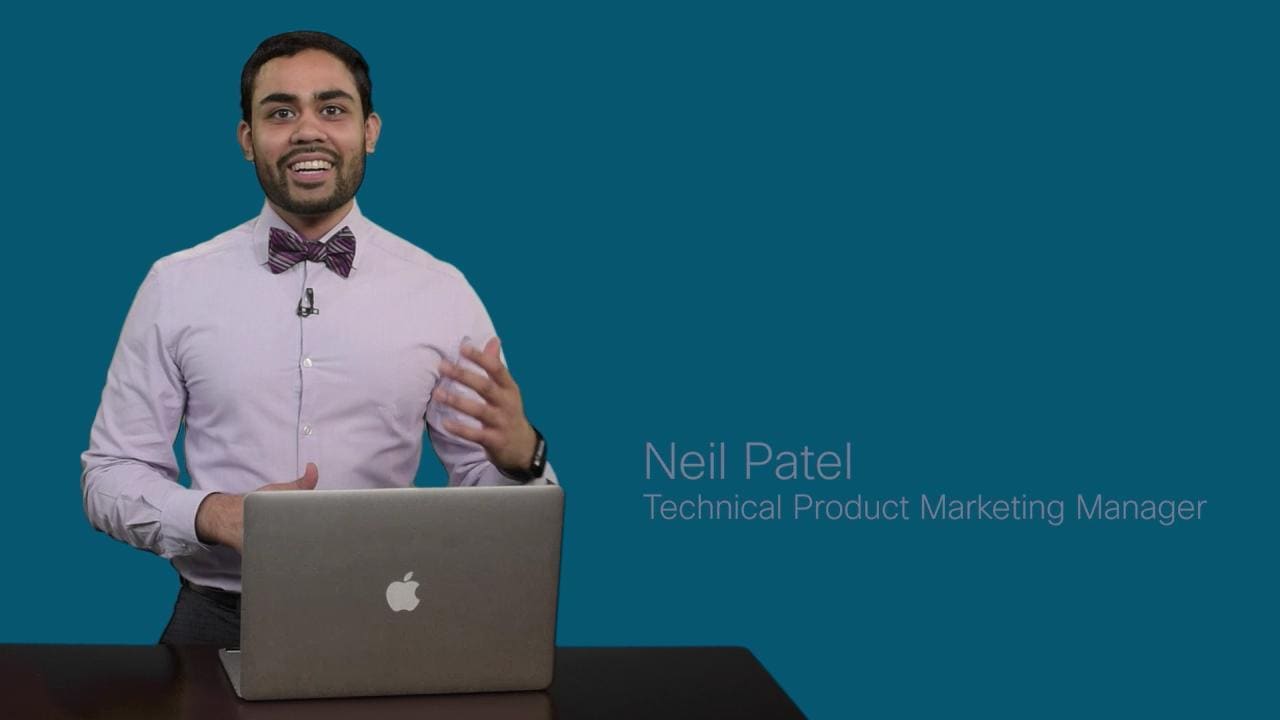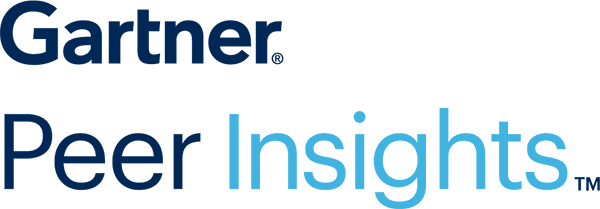Anticipate, act, and simplify with Secure Firewall
With workers, data, and offices located all over, your firewall must be ready for anything. Secure Firewall helps you plan, prioritize, close gaps, and recover from disaster—stronger.
Find the ideal firewall for your business



